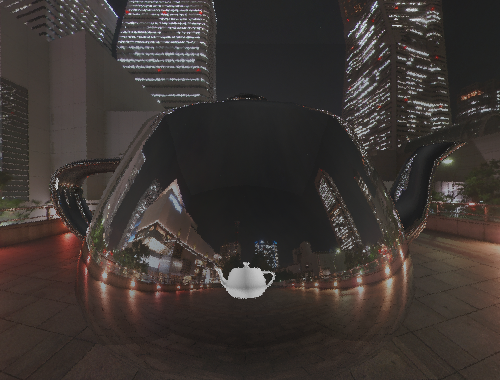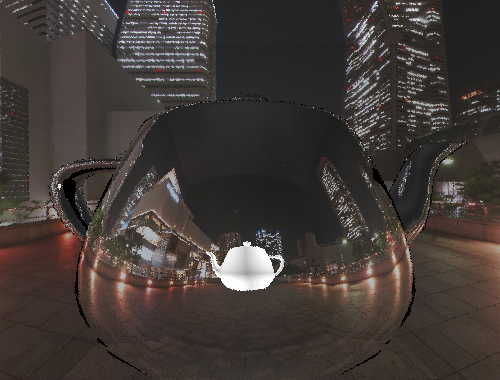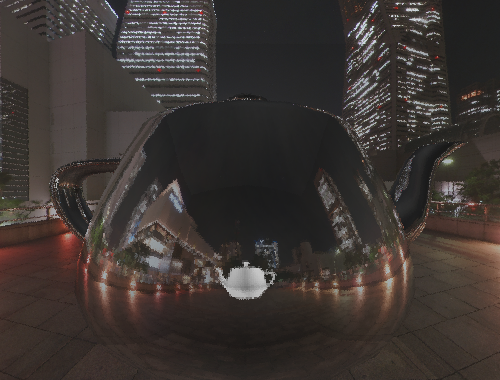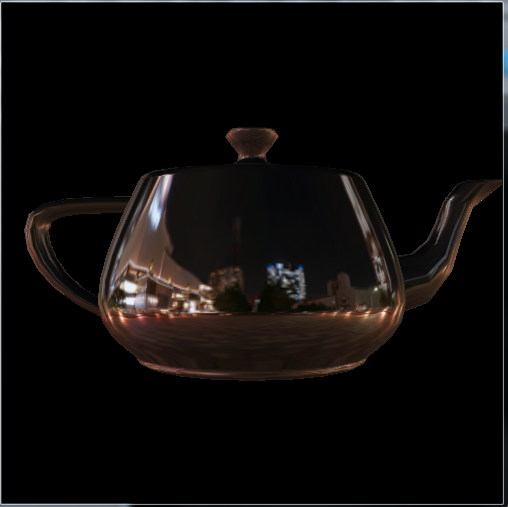Final Project Report
CSS 552 – Prof. Sung
Huaming Chen,Michael Tanaya
Mar 1, 2016
Contents
Problem Statement
Current System uses global ray tracing to calculate reflection and refraction.
However, it's very expensive. For complex curved surfaces, we have to go through
expensive ray tracing and/or lighting calculation.
Solutions
Rather than using ray tracing, we decide to use cube mapping to present reflection.
The basic princlple of cube mapping is creating 6 cameras around object and toward 6 directions.
By pre-computing the images of these cameras, we can directly using these images as the texture to present reflection.
For our CSS 552 final project, we implement a new texture class, called cube.
It can present reflection color by looking up textile in 6 pictures.
Then we implement a new function to compute 6 pictures for texture_cube.
It based on threads, so we can compute 6 pictures at same time.
Besides, in order to make sample evenly, we implemented a new function to convert coordinate from rectangle to sphere.
Examples
Example 1
compare between cube mapping and ray tracing reflection. The size of picture is 300*300.
| CubeMapping |
RayTracing |
 |
 |
Example 2
compare between 2 cube mapping. The size of first is 100*100, second is 300*300.
| CubeMapping_100 |
CubeMapping_300 |
 |
 |
Example 3
compare between our cube mapping with cube mapping based on openGL. The size of picture is 300*300.
| Our program |
openGL |
 |
 |
References
- Agu, Prof Emmanuel. "Computer Science Dept. cs543." fall 2013. Worcester Polytechnic Institute. slides. Februrary 2016.
- Kaushik, Sudhir R. "Environment Mapping - Introduction." 1999. Worchester Polytechnic Institute. Document. 2016.
- Shen, Han Wi. "cse5542-2013-spring Environment Mapping." Spring 2013. Departmen of Computer Science and Engineering Ohio State University. Slides. February 2016.
- Tze-Yiu Ho ˇ°Unicube for Dynamic Environment Mappingˇ± 2010 Visualization and Computer Graphics




